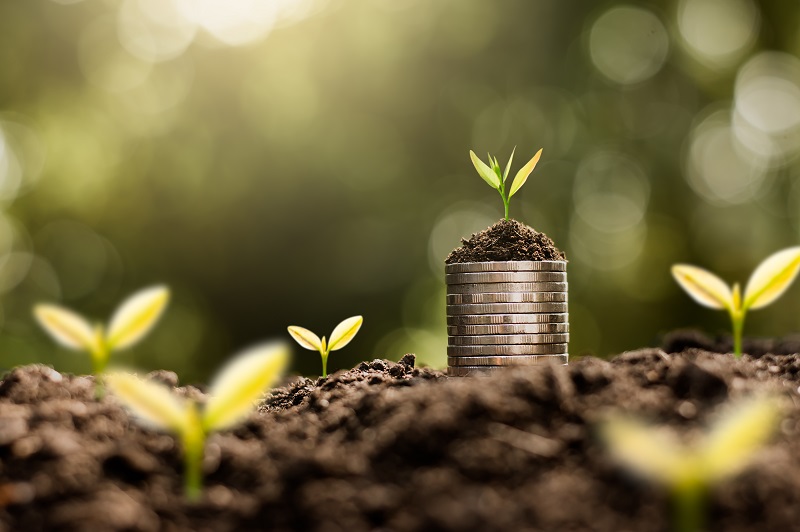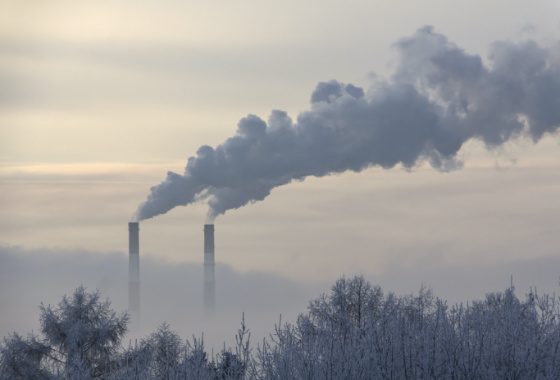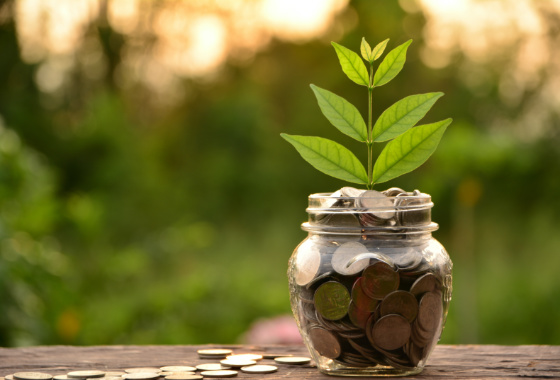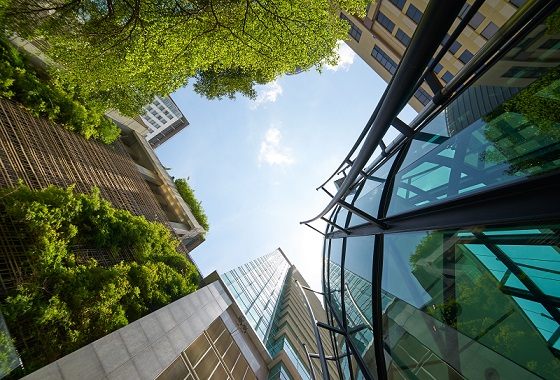Aligning with green catalog a way for HKSAR to thrive
This article appeared originally in the CHINADAILY on 25 Aug, 2020.
Authors: Johnson Kong, researcher at Our Hong Kong Foundation; Leonie Kelly-Farley, partner at the Sustainable Finance Initiative

The problem of “greenwashing” — making misleading claims about a product’s environmental impact — has long been discussed in the green bond market. After all, determining whether a bond is “green” is not easy, and there have been attempts internationally to define qualifying criteria for such bonds.
The People’s Bank of China, the National Development and Reform Commission, and the China Securities and Regulatory Commission recently jointly published the consultation draft of the Green Bond Endorsed Project Catalogue (2020), which defines what qualifies as green projects for green bonds. The new catalog contains noteworthy revisions from the 2015 version.
Apart from green bonds, social, sustainability and transition bonds are also growing in the global market. The Hong Kong government could consider supporting the growth of these products, so as to further diversify the sustainable finance market. By introducing a wider credit spectrum and expanding the use of proceeds, these products will help meet growing investor demand and enhance yield and sector diversification for investors.
Firstly, clean coals and other coal-related investments have been removed from the eligibility list, which has been praised widely both at home and abroad. For a long time, the main discrepancy between Chinese and international standards for green bonds lay on clean coal, which was previously defined as green on the Chinese mainland. The new catalog thus brings China into closer alignment with international standards.
Significant changes have also been made regarding the depth and scope of the green definition. The 2020 catalog expands the scope of eligible green projects, including hydrogen power, carbon capture and storage, and a new category of green services. Furthermore, it has added various technical details on renewable energy efficiency with more stringent requirements to encourage greener outcomes, such as raising the minimum conversion efficiency standard of solar panels to 17 percent from 15.5 percent.
The new catalog represents the convergence of green bond standards within the Chinese mainland. While dual standards had been applied in the jurisdiction, the 2020 catalog provides a unified standard of green bonds, allowing investors to better assess green projects based on a common standard.
As of 2019, green bonds issued by mainland institutions accounted for 79 percent of Hong Kong’s total issuances. Meanwhile, 81 percent of the green bonds issued in the city were denominated in US dollars. This highlights Hong Kong’s role as a bridge between the Chinese mainland and the international capital market, and the need for the city to align its green bond standard closely with developments on the mainland, including the latest catalog, as well as internationally.
Currently, the Hong Kong Special Administrative Region government follows the standards laid out in the Green Finance Certification Scheme from the Hong Kong Quality Assurance Agency. However, with the development of international standards, especially with the ongoing alignment between the Chinese mainland’s and the EU’s “green taxonomy”, it is time for Hong Kong to consider embracing international standards, and to reflect on the city’s role in standard developments. Other than being merely the taker, Hong Kong should consider bringing its own unique insights, for instance its substantial experience in green buildings, into the international discussion on standard setting.
The 2020 catalog represents a connection between green finance and green economy, as it indicates key areas toward which policymakers hope to steer capital. Taking a look back at Hong Kong, what are the green industries in the city we are supporting with green finance?
According to Climate Bonds Initiative, among the green bonds issued locally in 2019, some 61 percent of the capital raised was used on low-carbon buildings. This reflects that Hong Kong’s green bonds and green industries are highly concentrated within the building sector. In the long run, this will affect the diversity of the local green bond market, making it hard to meet green investors’ demand for sector diversification.
Fortunately, in this year’s budget the SAR government has allocated HK$200 million ($26 million) to support the development or application of green technologies, which is a positive first step toward diversification. In the policy direction of reindustrialization, the government should be more proactive in promoting the development, as well as diversification, of Hong Kong’s green industries and financial market.
Apart from green bonds, social, sustainability and transition bonds are also growing in the global market. The Hong Kong government could consider supporting the growth of these products, so as to further diversify the sustainable finance market. By introducing a wider credit spectrum and expanding the use of proceeds, these products will help meet growing investor demand and enhance yield and sector diversification for investors.
The Hong Kong SAR government signed the Green Bond Pledge in 2019, whereby it committed to making capital projects resilient and low-carbon in line with the Paris Agreement, as well as financing low-carbon transition through green bonds. The newly established Green and Sustainable Finance Cross-Agency Steering Group aims, among other goals, to work with fellow regulators on developing a green taxonomy and relevant standards for the market. It should do so in a way that reconciles the city’s own needs for sustainable development and the need to align with standards like the 2020 catalog, such that Hong Kong can thrive as an international, sustainable finance hub.



